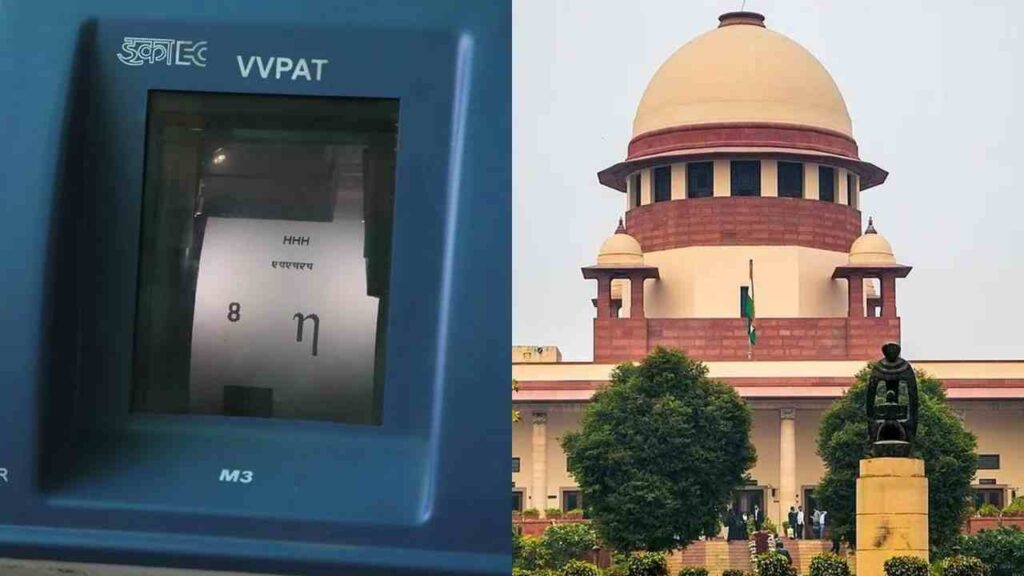The Supreme Court of India on Tuesday questioned the Election Commission of India on procedures that manage Electronic Voting Machines (EVMs) following elections regarding data deletion and reloading. This came in response to a petition by the Association for Democratic Reforms (ADR), which asked the Election Commission of India (ECI) to ensure that no data is deleted or reloaded from EVMs once the votes are counted.
The Chief Justice of India (CJI) Sanjeev Khanna with Justice Dipankar Datta directed the ECI to present the Standard Operating Procedure (SOP) that handles EVMs following election procedures. The Court directed that the data from the EVMs cannot be modified or erased from the machines under any circumstances. The ADR petition raises concern about the post-election process of burning memory and microcontroller data in EVMs because it may allow the machines to be manipulated.
ADR Demands EVM Memory Verification
The petitioners asked for engineers to verify the burnt memory and microcontroller components of EVMs to prove no manipulation occurred. They argued that engineers from Bharat Electronics Limited (BEL) had previously cleared the original data from the EVMs and replaced it with dummy symbol, which led to suspicions about the integrity of the machines. The Supreme Court sought clarification regarding the reasoning for data clearing and directing the Election Commission to guarantee that no additional information deletion would take place.
The Supreme Court had specified that they aim to safeguard election transparency by calling EVM verification after voting ended without causing any disruption to the counting process. The Apex Court stressed that election system credibility required proper verification methods to maintain its authenticity.
Next Hearing Scheduled for March 17
The Election Commission has received a 15-day deadline to file its response and their next hearing is set for March 17. The ruling underscores both the need to protect voting integrity and the requirement of total transparency throughout EVM handling.


